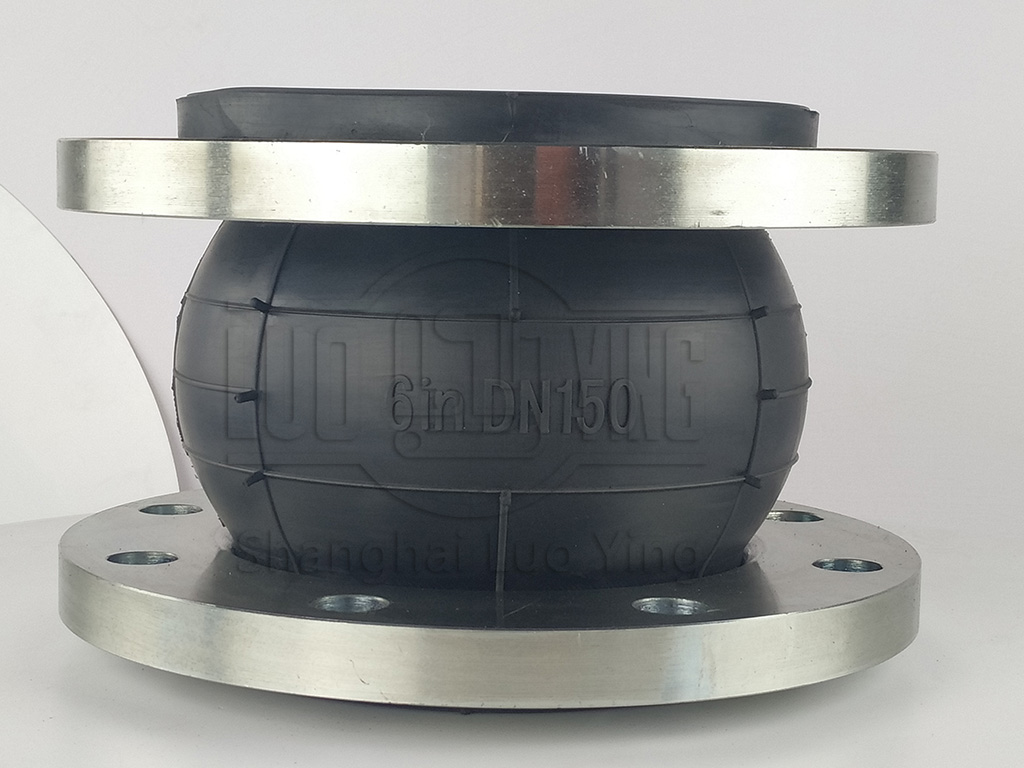What are the benefits of the use of rubber expansion joints?
Dec-22-07
Rubber expansion joint can be well integrated with the pipeline, and it can also effectively avoid the appearance of some sewage into the pipeline, which will affect the pipeline, so it has a very wide range of applications in the pipeline. The rubber expansion joint has the function of vibration damping, sound insulation, noise reduction and shock absorption in the pipeline. It is very elastic and can play the role of shock absorption and sound insulation. If there is a sewage inflow or rainwater inflow in the pipeline, rubber expansion joints can play a very effective role in preventing the sewage from entering the pipeline.The installation of rubber expansion joints can reduce water leakage from equipment. A rubber expansion joint is installed in the pump room and in the outlet pipe of the pump. If the pipeline leaks, it can be solved by its expansion and contraction. The rubber expansion joint serves to prevent the pipeline from leaking. Excellent characteristics of pipeline rubber expansion joint In the pipeline, rubber expansion joint can be made into acid-resistant, alkali-resistant, corrosion-resistant, oil-resistant, heat-resistant and other varieties according to different materials, which are suitable for a variety of media and environments. It is mainly used for lifting and conveying raw water and sewage, feed water and circulating water of thermal power plant, pipeline conveying of chemical substances in metallurgical industry, condensate, chemical, petrochemical, dilution and flexible connection between long and short distance pipelines in other industries.
It has the following advantages: prevent water intrusion, improve water utilization; reduce the chance of pipeline and equipment leakage; avoid defects such as pipeline blockage and corrosion; prevent pipelines from mechanical, vibration and other factors; reduce the transmission of vibration into the equipment; avoid corrosion of equipment; reduce water hammer and vibration; prevent the environment from ozone and other pollutants to equipment and personnel.


